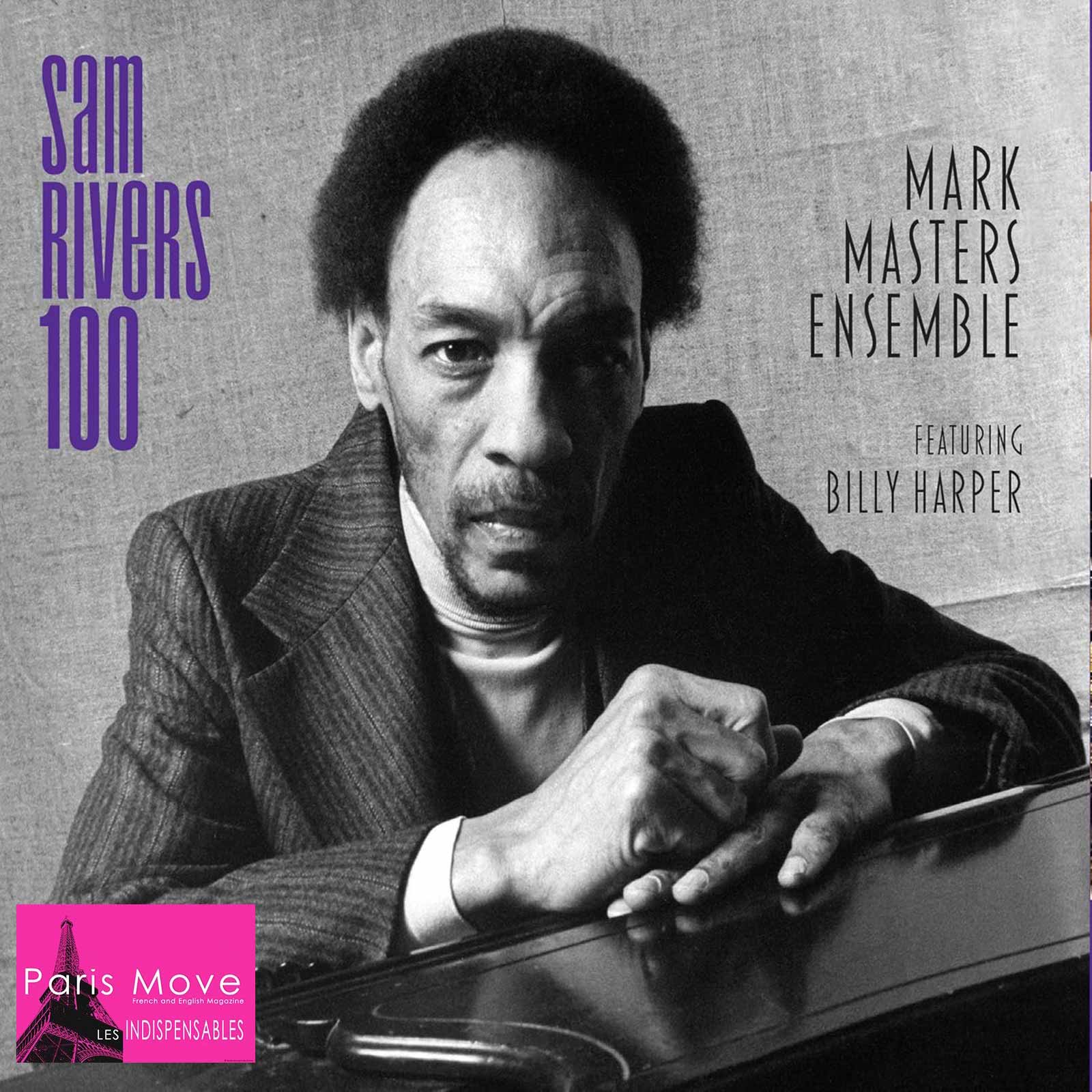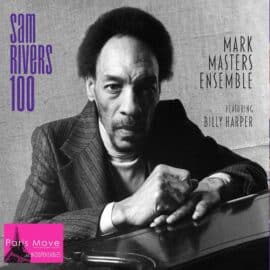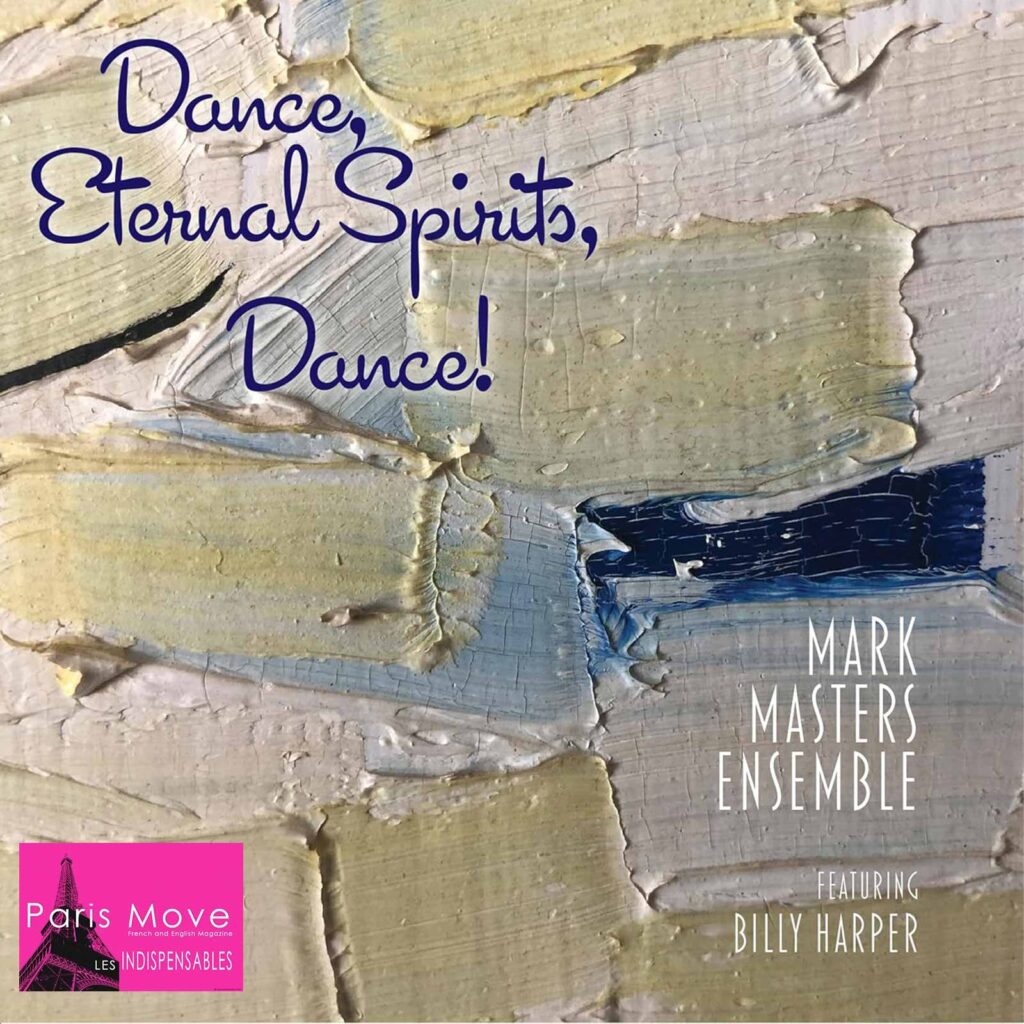| Jazz |

Mark Masters Ensemble Revisits Sam Rivers and Billy Harper Across Two Ambitious Albums.
Before diving into the heart of these recordings, it is important to recognize that these two albums serve first and foremost as historical documents. They offer no claims of reinvention, nor do they chase innovation for its own sake. Instead, they shine a spotlight on some of the most intellectually rigorous and emotionally charged saxophone compositions of the 20th century, works that continue to resonate and instruct.
Mark Masters Ensemble – Sam Rivers 100 (feat. Billy Harper)
This first album in the pair offers a precise and respectful traversal of Sam Rivers’ intricate compositional universe. Rivers’ music, known for its rhythmic complexity and abstract thematic development, demands not only technical excellence but near-mechanical synchronicity from its interpreters. In Sam Rivers 100, Mark Masters’ ensemble rises to the challenge with rigor and finesse.
The project was born out of a series of concerts held in late 2023 to honor what would have been Sam Rivers’ 100th birthday, he was born September 25, 1923. Masters chose to focus on Rivers’ mid-1960s period, drawing primarily from the seminal album Fuchsia Swing Song (1964), reimagining all six of its tracks with newly crafted arrangements for this tribute.
“I’ve admired Sam Rivers for a long time,” Masters explains. The genesis of this album actually dates back nearly two decades when Rivers and his trio were invited to perform at Claremont McKenna College, as part of a concert series produced by the American Jazz Institute, which Masters heads. “I was fascinated by how Sam evolved his music. I knew I had to do something with that energy.”
To honor Rivers properly, Masters turned to saxophonist Billy Harper, a logical choice whose musical sensibilities and historical path align closely with Rivers, despite being a generation younger.
“Sam represented the foundations of jazz,” Harper once told Orlando Weekly. “He’s a stepping stone to new horizons.”
The result is a recording that operates on multiple levels: it educates, it challenges, and it delights. Listeners are reminded, or introduced, to a body of work whose structural DNA is unlike anything being composed today. It’s a celebration, yes, but also a study, inviting both newcomers and seasoned jazz scholars into its dense and rewarding world. It is, simply put, a remarkable achievement in preserving a critical chapter of jazz history.
Mark Masters Ensemble – Dance, Eternal Spirits, Dance! (music of Billy Harper)
If Sam Rivers’ music is often described as cerebral and introspective, then Billy Harper’s work sits at the opposite pole: extroverted, exuberant, and soulfully generous. Yet the compositional challenges are no less demanding. Harper’s music is meticulously structured, but it breathes with a kinetic joy that pulses through every bar. His introductions, in particular, are crafted like cinematic openings, immersive, mysterious, always raising the question: Where is this going? And when the answer arrives, it is always transformative.
Harper ‘s music continues to offer a vivid entry point into the jazz idiom for younger generations. His work, though rooted in spiritual and Afrocentric traditions, feels timeless in its energy and clarity.
“Billy doesn’t write to a formula. Each composition has its own personality,” Masters explains.
The contrast between the two albums is deliberate and illuminating. Harper’s writing is structured with precision, where certain core motifs must remain untouched and everything else must be built around them. Rivers, by contrast, often provided only a melody and a series of chord changes, opening the door for freer, more spontaneous interpretations. This difference is reflected in the albums themselves: Sam Rivers 100 includes two fully improvised pieces performed by a pared-down ensemble, while Dance, Eternal Spirits, Dance! features a 17-piece orchestra, including pianist Francesca Tanksley, Harper’s longtime collaborator of over three decades.
Trumpeter Tim Hagans, a frequent partner in Masters’ projects, plays on both records. His presence bridges the two, adding continuity even as the music shifts dramatically in tone and style.
“These were two very different challenges,” Masters says. “But both were equally compelling.”
Taken together, Sam Rivers 100 and Dance, Eternal Spirits, Dance! are more than just records, they’re statements of purpose. They revive the works of two jazz masters not merely as museum pieces, but as living, breathing forms. As such, they belong not only in your collection but in your conversations, in your classrooms, and in your ears.
Two welcome curiosities for early June, both deserving of inclusion among this year’s indispensable jazz releases.
Thierry De Clemensat
Member at Jazz Journalists Association
USA correspondent for Paris-Move and ABS magazine
Editor in chief – Bayou Blue Radio, Bayou Blue News
PARIS-MOVE, May 12th 2025
Follow PARIS-MOVE on X
::::::::::::::::::::::::
To buy Dance, Eternal Spirits, Dance!
Tracklist – Sam Rivers 100
Fushia swing song
Cyclic Episode
Helix
Part Of Speech
Point Of Main Returns
Beatrice
Downstairs Blues Upstairs
Calls Of The Wild
Paean
Ellipsis
Luminous Monolith
Tracklist – Dance, Eternal Spirits, Dance!
Was it Here… Is it Here?
The One Who Makes The Rain Stop
Croquet Ballet
If One Could Oly See
Dance, Eternal Spirit, Dance
The Seventh Day
Insight
Credence


